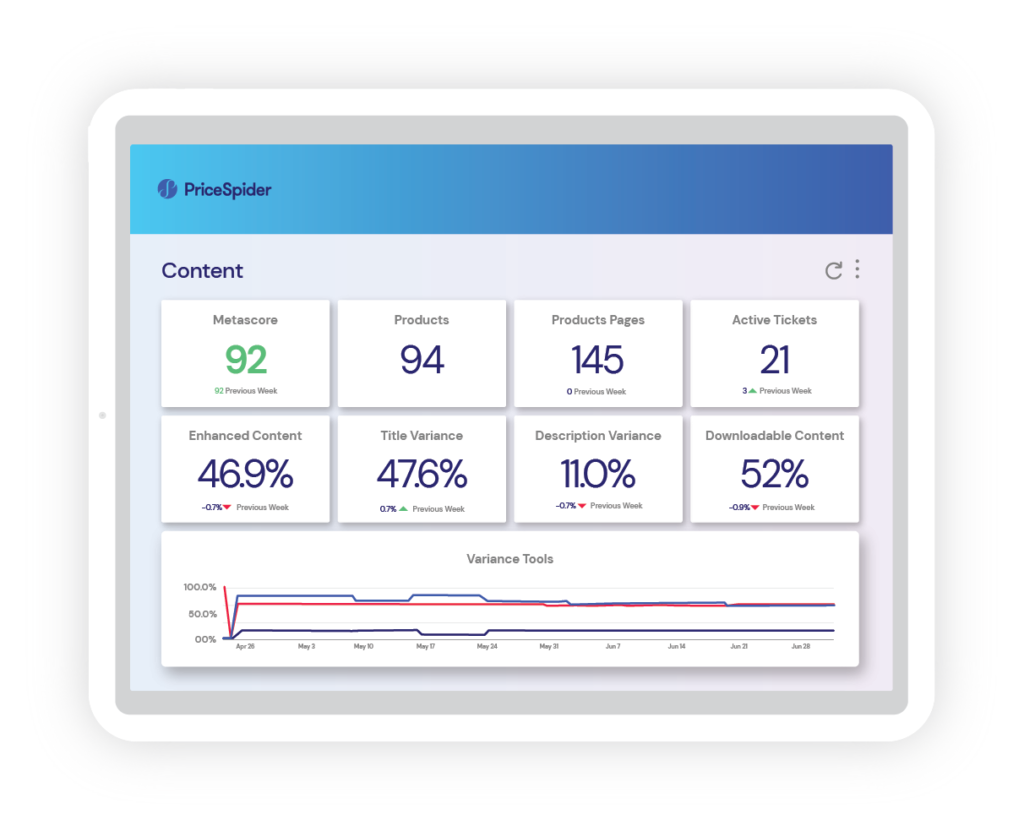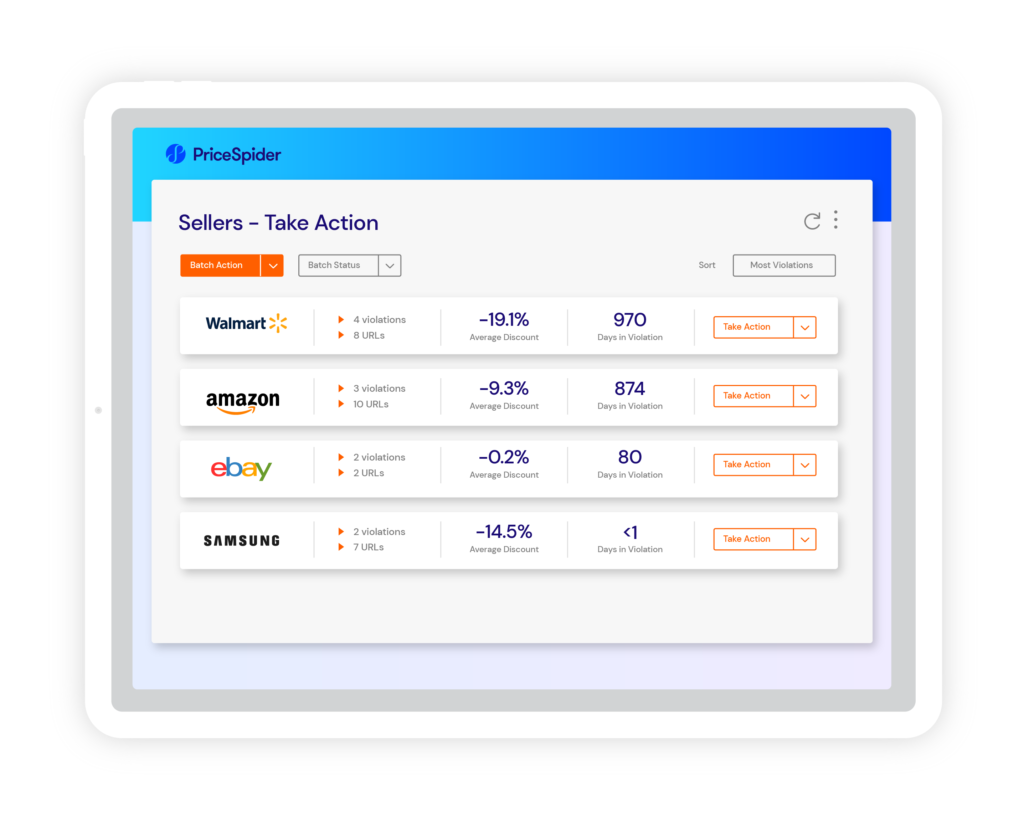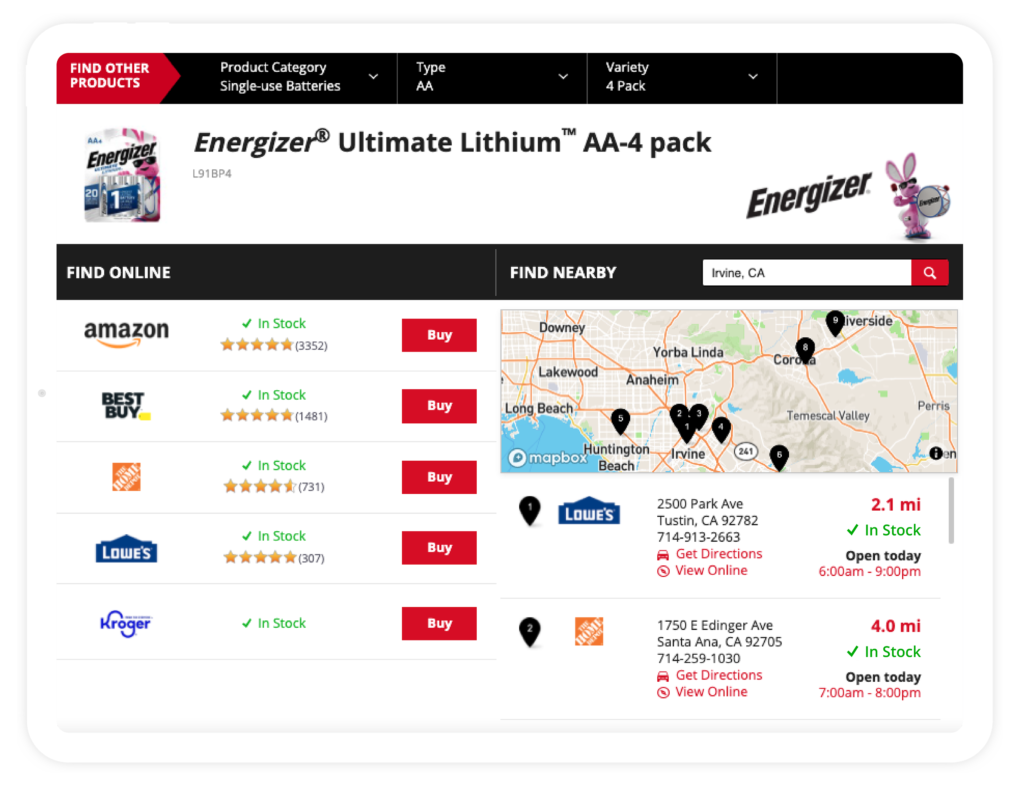Teamwork makes the dream work. You know what doesn’t? Inconsistency and deception. Thank goodness too, because if they did make the dream work, that first line wouldn’t rhyme (another idiom saved!). But business is business. The bottom line doesn’t change for the greater good of a snappy line. Much to language enthusiasts’ dismay, policy, process, and monitoring are what’s really required to keep rhymes rhyming and good business thriving.
Wait, did we just make another rhyme?
Channel marketing, sometimes referred to as distributed marketing, is a marketing model where an organization uses external distribution channels to market their products or services. These channels may include retailers, resellers, affiliate websites, wholesalers, dealers, and other businesses that are separate from the organization producing the product or service.
Channel marketing can allow your brand to significantly increase your target market reach and penetration at a lower cost since your channel partners do the work of marketing and distributing your products.
While a direct-to-consumer sales model allows your brand to sell products without sharing the profits, it’s limited by your infrastructure, including your distribution centers, ecommerce experience, marketing budget and capabilities, and number of employees. Channel marketing enables you to expand your reach and increase sales without scaling up all that infrastructure, so you can stay focused on what you do best.
By marketing and selling your products through intermediaries, you also benefit from the strength of your partners’ brands. When major retailers like Target, Walmart, Best Buy, Kroger, or Home Depot carry and advertise your products, it’s like an endorsement. Consumers are used to buying from these stores and trust them to carry quality products.
Your target audience may have never heard of you, but if a trusted retailer or affiliate gives their recommendation, the customer will feel more comfortable trying your brand for the first time. Consumers already know what kinds of experiences they can expect from the retailer’s brand, and that shapes how they feel about buying your product.
In some cases, channel marketing also helps you leverage unique localized knowledge. Unless you operate on a massive scale, your marketing strategy likely doesn’t account for regional or city-specific events and needs. Prominent retailers and local sellers, however, understand what’s happening in each market, so they can plan localized promotions accordingly.
Channel marketing provides brands with some huge benefits. But it’s not as simple as selling your products everywhere you possibly can. You’re mutually beneficial teammates. In this guide, we’ll help you understand what makes a good channel marketing partner, as well as what you can do to get the maximum benefit from this model.
But first, there are some things we need to clarify.
Channel marketing vs. marketing channel
Usually, when people refer to “channels” in marketing, they’re talking about the specific touchpoints they use to communicate with an audience: email, social media, blogging, etc. These are “marketing channels.”
In channel marketing, the “channels” are your distribution channels. The distinction may seem simple enough, but it gets a little more complicated when you talk about multichannel marketing or omnichannel marketing.
Multichannel marketing refers to using multiple touchpoints in conjunction, where each channel builds on a customer’s previous interaction with your brand on another channel.
Omnichannel marketing refers to using every available touchpoint to create a single continuous experience. At any given point, a customer “picks up where they left off” in their experience with your brand. (This is extremely difficult to implement well, and it’s often aspirational.)
These terms are about how you utilize internal channels you control, whereas channel marketing refers to external channels you can only influence.
Since your channel partners represent your brand and will often be part of someone’s first experience with you, it’s important to consider who you choose to partner with. What are the qualities you should look for?
What makes a good channel marketing partner?
A good channel marketing partner bolsters your brand and helps your business grow. A bad one harms your brand and can hold your business back. If you simply let anyone market your products, you may move inventory, but you will also have more conflicts between partners, more negative customer experiences, and significant growing pains as you try to continue scaling up.
Here’s what you should look for in a channel marketing partner.
Mutual trust
Channel partners can support your goals or undermine them. Some sellers — particularly third-party sellers on marketplaces — price gouge your products to gain a competitive advantage. Sellers with less overhead costs are often willing to eat into their margins much lower than major retailers, forcing the competition (your other partners) to stop selling your products.
Over time, these pricing games lead to price erosion, where the perceived value of your products gets lower and lower. Not only can a bad seller destroy your relationships with other channel partners, but they can permanently damage your future profits.
If you give channel partners a discount for bulk purchases, they may sometimes pass these savings on to one of their customers if they find someone willing to buy in bulk. This may seem fair, but it can actually create a significant problem: those “customers” may then go on to resell your product in online marketplaces, looking to make a quick buck.
While these resellers tend to have small operations, they couldn’t care less about your brand integrity, and they’re more than willing to sell as low as they can to beat your established channel partners.
You need to be confident that your channel partners won’t fool around with your prices or create holes in your supply chain. If you can’t trust them to respect your brand, it doesn’t matter how much product they sell.
Expanded reach
One of the biggest benefits of channel marketing is that it allows you to expand your reach without significantly expanding your infrastructure. You want partners that enable you to reach new markets.
A retailer will almost always help with this because they have an established customer base. If you’re a consumer electronics brand, for example, and Best Buy doesn’t carry your products, then loyal Best Buy customers may not even know your brand exists.
In marketplaces, however, it’s common to see multiple sellers carrying the same products. To a degree, this is fine — it’s a choice between different customer experiences, not different products. And these sellers may employ different promotion strategies to secure more sales in the marketplace, giving you greater market penetration.
But if you have more than three sellers on the same marketplace, that’s probably going to create confusion, and at that point, those sellers are competing for the same audience, not expanding your reach. It also increases the likelihood that one will start slashing prices to try and gain an advantage.
Worthwhile results
Ultimately, you want channel marketing partners to increase your bottom line. Brand awareness is certainly valuable, but if a partner isn’t contributing to sales, it’s probably not worth continuing to invest in the relationship.
In ecommerce, low sales numbers can be a sign that you simply haven’t optimized your product page or used the best product titles. But it could also mean that a retailer isn’t promoting your product or there’s a poor match between their audience and your product. They may even be actively diverting traffic from your product pages to a competitor that gives them better margins or even their own private label products.
One of the best indicators of the value of a channel partner is your product page’s conversion rate on their site. Unfortunately, retailers don’t simply hand over this data to brands. But with specialized ecommerce tools, such as PriceSpider’s Where to Buy, you can track any traffic you send to a retailer and see what happens to it.
Where to Buy collects in-cart data, so you can compare your retailers’ conversion rates and learn if the traffic you send is generating sales for a competitor. You might also find that a seller is effectively cross-promoting your catalog, where traffic you send to a specific product page actually results in sales of accessories and related products. This data will let you understand which channel marketing partners are the most valuable and effective.
Investment in your brand
When a channel partner values your brand, it shows. They advocate for you. They try to carry more of your catalog. They may even suggest new products, positioning, or strategies based on what they hear from customers. If you update your branding, they make sure to reflect those changes on their product pages and promotional materials. And ideally, they actively invest in promoting your products, paying for ads and other marketing materials to showcase your brand.
Communication is key to effective channel marketing. If a channel marketing partner doesn’t maintain an open line of communication, that’s a strong signal that they aren’t particularly invested in your brand or concerned about their relationship with you.
Channel marketing partnerships represent a mutual investment in the other party’s goals. Your brands are connected. Your success or failure reflects on your partners and vice versa. It’s important that you both value the relationship and invest in developing it.
How to get the most from channel marketing
While many of channel marketing’s benefits depend on your partners, choosing the right partners isn’t the only thing brands need to consider to effectively utilize this model. With your brand assets in the hands of so many external businesses, you need to make sure they accurately represent you and your products, and stay invested in your brand.
You’ll want to have several processes in place to ensure you and your partners maintain a mutually beneficial relationship.
Monitor your brand
As you discover better ways to position and market your products — or your products change outright — you need to provide every channel marketing partner with updated assets. Sometimes you’ll be able to update product pages on your own using a product information management (PIM) system. In other cases, you simply provide your partners with the updated assets and wait for them to implement the changes.
Either way, it’s your job to vigilantly monitor your brand and ensure that any page representing your brand complies with your guidelines. Obviously, the more places your brand appears, the harder this monitoring becomes.
But for ecommerce, the stakes are high. Misrepresenting your products inevitably leads to increased returns and negative reviews, and can even result in legal trouble. It doesn’t matter if it’s your fault or your partner’s: the consumer was misled. That’s why many ecommerce brands rely on brand monitoring software, like PriceSpider’s Brand Monitor.
Brand Monitor tracks your SKUs everywhere they appear in real time, flagging inconsistencies and giving each product page a compliance score based on its alignment with your brand guidelines.

Create and enforce a pricing policy
Nobody is required to follow your manufacturer’s suggested retail price (MSRP). It’s a suggestion, signaling a fair price to sellers and consumers alike. At best, it’s more like an upper limit. Without a formal pricing policy — and a plan for monitoring and enforcing it — there’s no lower limit to your price.
If you have even just one channel partner who’s willing to slash prices to get an advantage, that’s a big problem. It only takes one seller to trigger a race to the bottom, as your other channel partners have to lower their prices to stay competitive.
Pricing policies, such as a minimum advertised price (MAP) policy or unilateral pricing policy (UPP), allow you to establish a lower limit to your product’s price and then penalize sellers who violate the policy. It’s not setting the price, and it’s not a pricing agreement, it’s just a policy: if you go below this price, there will be consequences.
The challenge for brands is to actually monitor their prices and enforce their policy. Even with a small product catalog and just a few channel partners, manual price monitoring quickly becomes a full-time job, and responding to violations can be overwhelming. That’s what MAP monitoring software like Prowl is for. Like Brand Monitor, Prowl tracks your SKUs everywhere they appear. But instead of looking at your brand assets and digital shelf analytics, Prowl hunts for pricing policy violations, alerting you when a seller violates your price and streamlining the enforcement process.

Reward your best channel marketing partners
Retailers work with a lot of brands. They likely have several brands in your product category. For ecommerce brands that want to maximize the value of channel marketing, it’s vital to have an incentive structure for their partners.
Typically, these incentives take the form of either co-op funds or marketing development funds (MDFs). These provide increased financial motivation for sellers to market your products and embrace your brand.
Co-op funds are usually issued to the channel marketing partner who sells the most product in a specific region or reaches a certain sales threshold. The terms describing how they’ll be distributed are clearly laid out in advance so that sellers can decide if they want to try and earn those dollars.
MDFs are more discretionary. You can choose to distribute them to sellers for a wider range of reasons, like the percentage of your catalog they carry, their willingness to sell a new product, their compliance with your brand guidelines, or their lack of pricing violations.
If you use these kinds of financial incentives, keep in mind that they will be more effective motivators when your partners are aware of them, have convenient access to them, and understand how they’ll be awarded.
There’s another channel marketing incentive brands often forget about: traffic. You can motivate sellers to be better partners by giving them greater prominence on your website and in your marketing materials, thereby sending them more traffic.
With Where to Buy, you can show your customers multiple stores they can buy your products through. You have complete control over the order of this list and which channel partners appear in it. By including them here, you’re sending them a steady stream of traffic, most of which is always going to go toward the top options in your list.

So if a channel partner isn’t very invested in your brand, you can demote them in your list. And if another partner is doing an excellent job promoting your products and representing you well, you can reward them with a greater share of traffic.
Make the most of channel marketing
Simply having channel marketing partners can be extremely valuable. But if you want to get the most mileage from these relationships, you’re going to need some specialized ecommerce tools. PriceSpider’s Where to Buy, Prowl, and Brand Monitor solutions each have valuable applications for brands that utilize a channel marketing model.
Want to learn more?
Explore PriceSpider’s brand commerce platform.

